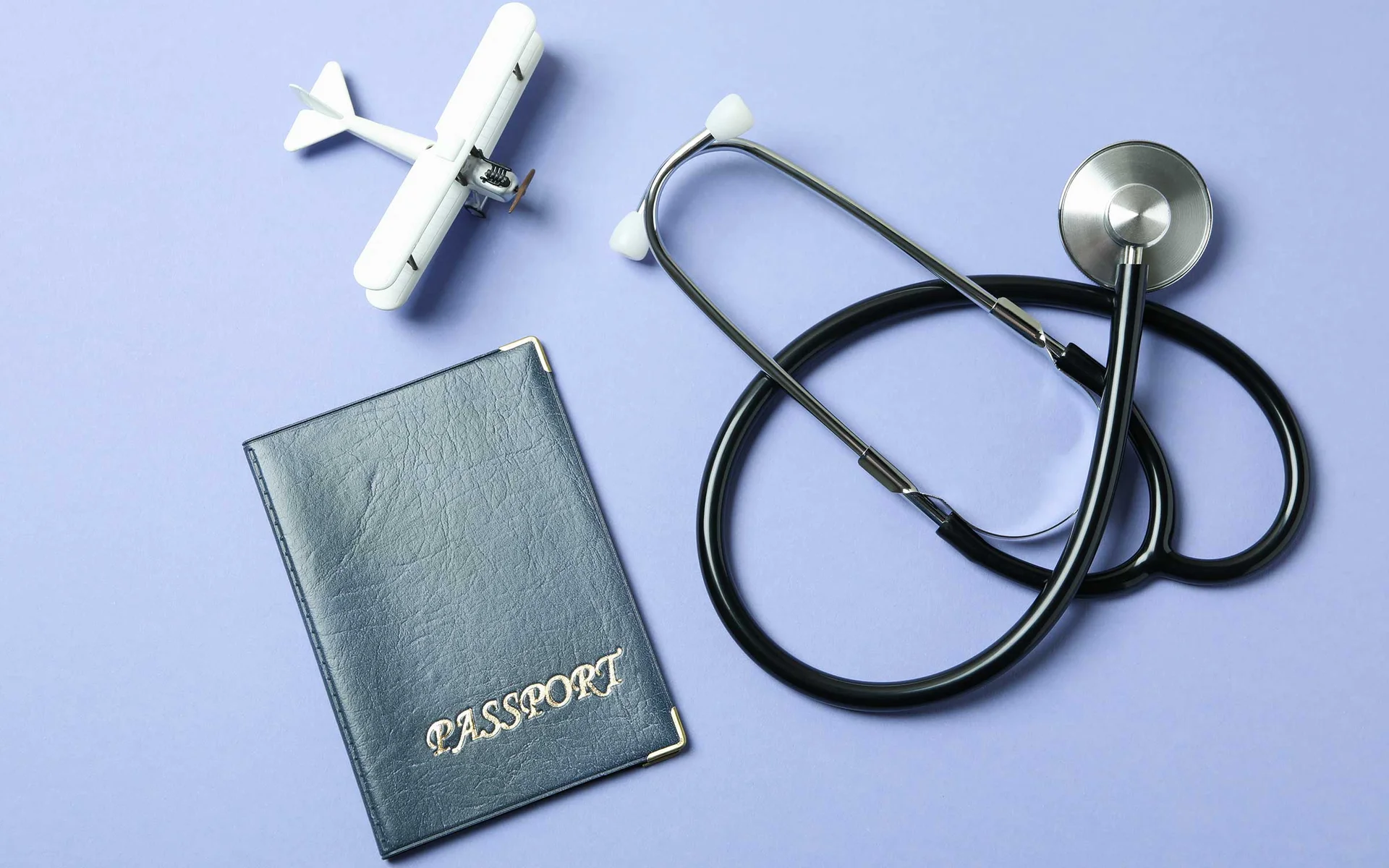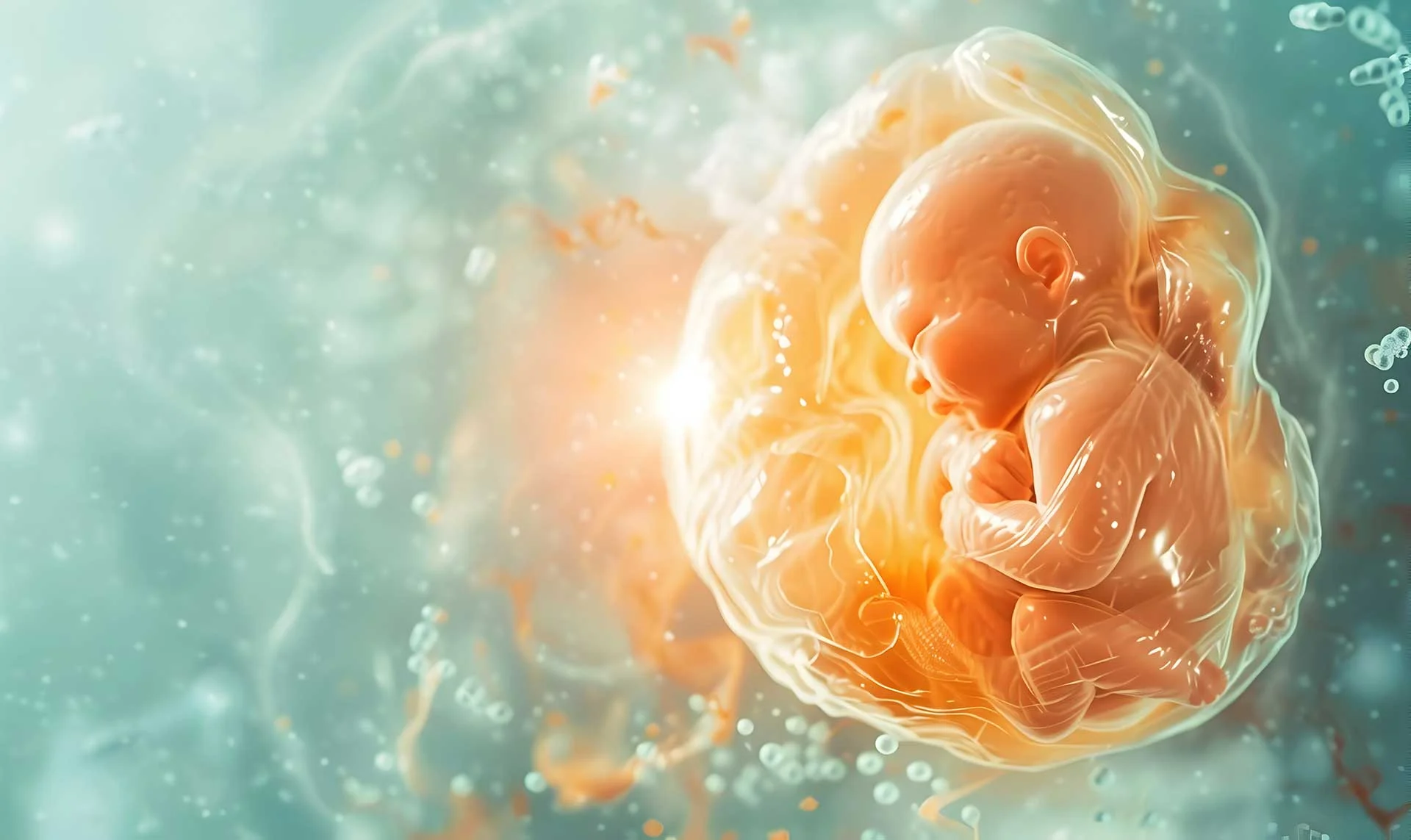
The diagnosis of acne is based on clinical findings. Acne lesions are divided into non-inflammatory and inflammatory lesions.
Non-inflammatory lesions: They are closed and open comedones. Closed comedones, also known as white spots, are skin-colored dome-shaped bumps formed by the blockage of the tip of the hair follicle. Open comedones, also known as blackheads, are bumps with large follicle openings filled with keratin in the middle.
Inflammatory lesions: Papules, pustules, and nodules. Papules are pink bumps. Pustules are filled with pus are yellow in the middle and have red bumps at the base. Nodules are bumps that look like papules but can be larger and painful.
While acne lesions heal, they can have consequences such as scarring. Most often, atrophic scars from the skin are seen. Apart from this, hypertrophic scars, dark spots, and redness can also be seen on the skin.
- Daily cleansing: In the evening, the skin should be free of make-up products and cleaned with a non-irritating product suitable for the skin. Depending on the oily condition of the skin, a washing product can also be used in the morning routine.
- Applying tonic after cleansing the skin reduces sebum production.
- Ingredients that balance sebum and reduce the risk of comedone formation can be used in consultation with your doctor. These are agents such as alpha hydroxy acids (glycolic acid, lactic acid), beta hydroxy acids (salicylic acid) and retinol.
- Moisturizing: Noncomedogenic, water-based and oil-free products should be preferred. Oily skin also needs moisturizing.
- Sunscreens should be used in a daily routine to minimize the effects of ultraviolet.
- Matte or semi-matte foundations and transparent powders for cosmetic concealer purposes can be preferred.
- When oily hair comes into contact with our face, it can increase the formation of acne, it should be washed regularly to purify the oil in the hair.
1. Williams HC, Dellavalle RP, and Garner S, Acne vulgaris. (2012).
2. Vos T, et al., Years lived with disability (YLDs) for 1160 sequelae of 289 diseases and injuries 1990-2010: a systematic analysis for the Global Burden of Disease Study 2010. (2012).
3. Heng AHS and Chew FT, Systematic review of the epidemiology of acne vulgaris. (2020).
4. Heath CR and Usatine RP, Acne vulgaris. (2021).
5. Clark AK, Saric S, and Sivamani RK, Acne Scars: How Do We Grade Them? (2018).
6. Reynolds RV, et al., Guidelines of care for the management of acne vulgaris. (2024).
7. González-Mondragón EA, et al., Acne and diet: a review of pathogenic mechanisms. (2022).
8. Titus S and Hodge J, Diagnosis and treatment of acne. (2012).
9. Fox L, et al., Treatment Modalities for Acne. (2016).
10. Boen M and Jacob C, A Review and Update of Treatment Options Using the Acne Scar Classification System. (2019).
11. Conforti C, et al., Topical dermocosmetics and acne vulgaris. (2021).




















